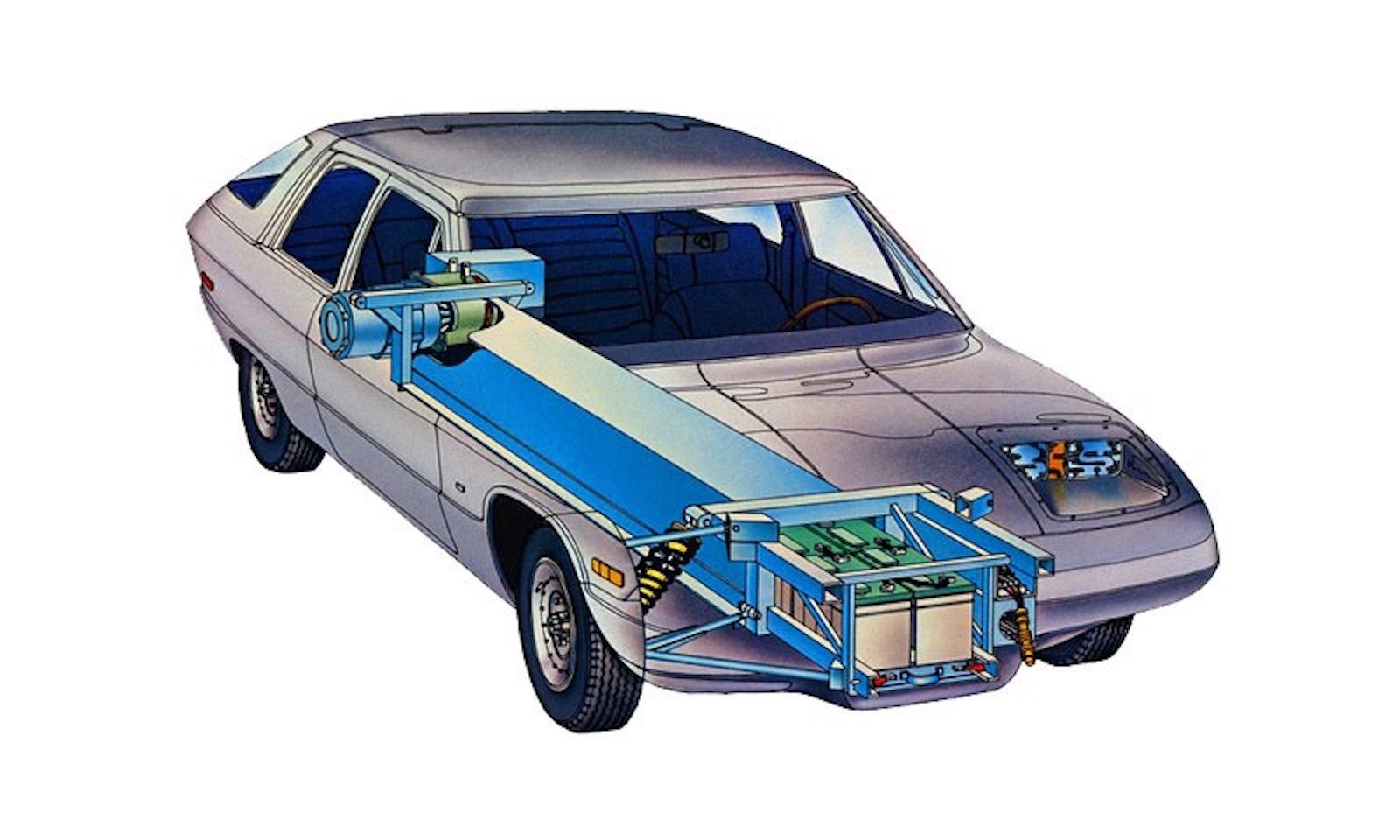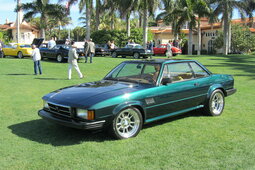The Tesla Model S is frequently hailed as the top all-electric vehicle globally. Many are captivated by its cutting-edge technology, staggering acceleration, and the capability to travel over 400 km on a full battery charge.
If the Tesla Model S is one of the modern pioneers that has inspired numerous manufacturers to venture into electric vehicle technology, then the Globe-Union Endura sought to do the same back in 1978.
The widespread electrification of vehicles is still in its infancy. Increasing numbers of individuals wish to contribute to the health of our planet, so it's no surprise that the demand for electric vehicles is skyrocketing with each passing year. Tracing back through automotive history, we find countless endeavors to execute the ambitious goal of phasing out traditional internal combustion engines, though the majority ended up discarded.
Electric-only vehicles were typically showcased during particularly notable events. For instance, when the global economy faced turbulent times. A prime example is the Globe-Union Endura, unveiled in 1978—an electric car that emerged amidst the oil crisis, a time when fuel prices were skyrocketing.
The people behind the Globe-Union Endura project didn’t even hide their goal when they introduced it – this was the car that was supposed to save American drivers from the unpredictable fuel prices.
“You are all well aware that the US currently has no alternative to cars powered by conventional fuels. We have created a car that doesn’t care about oil crises or cartel agreements,” wrote the Globe-Union Endura brochure.
The Component Manufacturer that Built a Car
A great number of auto enthusiasts may not be familiar with Globe-Union, but this isn't unexpected. After all, this company, established in 1911, focused for many years on manufacturing batteries, even leading the market at one point. When the oil crisis immobilized American drivers, those with a deep understanding of electric vehicle operation stepped in to help.
The engineering team at Globe-Union built their new electric car entirely from the ground up. They didn't seek the aid or support of other manufacturers for the provision of certain parts. Take, for instance, the vehicle platform, which is among the most costly elements in the development of a new car.
Globe-Union engineers used the same formula that Tesla Cars use now – the bottom was lined with batteries that sent their energy to the rear wheels. Since this car was created in the 1970s, it should come as no surprise that the Endura was only powered by a 20-hp electric motor.
This big boy could hit a top speed of 104 km/h, but the manufacturer recommended that potential buyers maintain a speed of 48-56 km/h in order for the car to cover more than 160 km with fully charged batteries.
Chief designer Bob McKee built the body for the electrically powered sedan without regard to Concours d'Elegance rules. His goal was to create an aerodynamic body that would allow the Endura sedan to roll with the least amount of battery power necessary.
A Serious Disadvantage
Like many modern electric cars, the Globe-Union Endura also had one very big disadvantage – a long charging time.
The manufacturer brochure says that the Endura’s batteries could be recharged in two ways: using a 110-volt or a 220-volt power source. Charging time was given as 14–16 hours at 110 volts. Meanwhile, a 220-volt source could recharge it in seven hours.
The Globe-Union Endura was made in 1978, but judging from the inside of the car, you might get the impression that it wanted to get out on the streets much earlier.
Looking at the Endura’s interior, you should definitely notice some similarities with the Tesla Model S. Sure, the car from the 1970s doesn’t have a touch screen, but the layout of the instruments is very similar. Plus, the centre console of the Endura model is fitted with a primitive display with CRT technology that made it possible to change a variety of car settings.
The Globe-Union Endura never made it to mass production because no investors emerged who wanted to develop the project further. Many potential partners were scared off by the enormous production costs and uncertain profitability, since back then, people were still pretty sceptical about electric cars.
Yet looking at this prototype, we can now understand where Elon Musk took inspiration from for the popular Tesla Model S.
Tesla Model S RE-IMAGINED For The 70s..
---
Discover your dream car within our Car Categories, or explore our Classic Passion Shop to uncover thrilling items from our associates!














